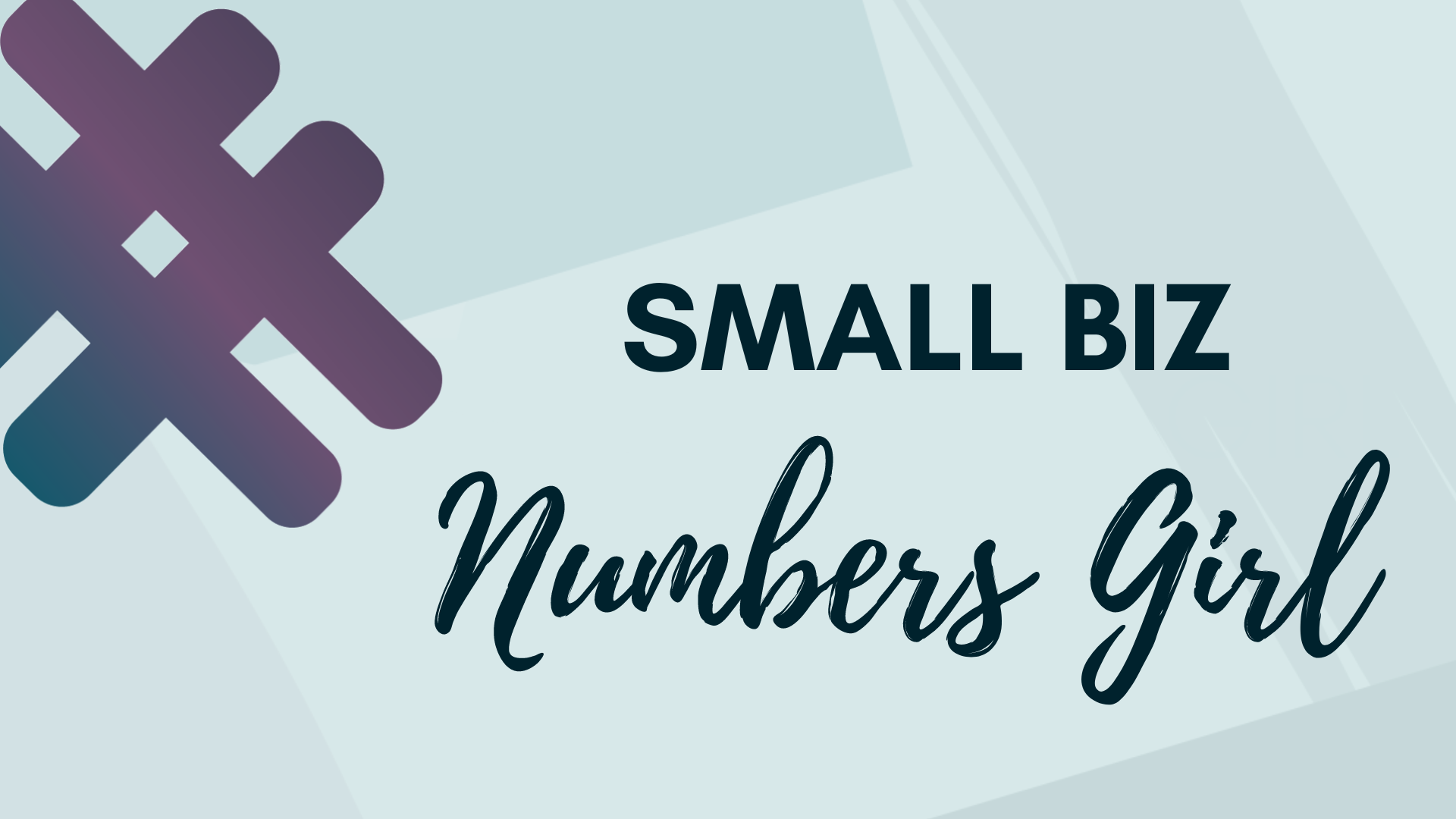
10 Cash Flow Rules For A Financially Healthy Business
Keeping your business financially healthy and happy is no small task. But there are certain…rules, shall we say, that can help you do just that. And the more you know and understand the rules of the money game, the easier it is to win. Here are 10 of the biggest rules for your business to abide by to keep its money and financial health in tip-top shape.


Rule #1: Cash is king. But cash FLOW is queen.
Fact: A business needs cash to survive. Cash is what we use to fuel all the things that we need to keep our business running. It’s like the oxygen of the business; if there is no money, the business suffocates. And that’s why, as they say, cash is king.
But cash is also just a number.
More specifically, the cash balance is just a number. It doesn’t tell us how where the cash came from, or went to. And it doesn’t tell us when any of it went down. So just knowing the cash balance doesn’t put us in much of a better position to managing it.
That’s where cash flows come in. Cash flows shows us the activity that affects the cash balance. In chess, the game is over once the king’s gone. But it’s the queen that carries most of the power in the game; the fate of the king relies heavily on the queen. It’s very similar to business. The cash balance is driven by cash flow activity. And we understand what’s driving cash, we’re more in control of what happens to it.
Rule #2: Sales don’t fill the bank account. Payments from sales do.
Sales kick off the cash flow process shebang. But they don’t actually do anything for cash flows until your customers pay you for it. Until that payment actually hits your hand, that sale incomplete and is sitting in limbo.
Invoicing and collecting on time are just as important to healthy cash flows than the actual sale. Otherwise, you’re just handing out free work.
Rule #3: Pay your bills on time. Not late. Not early. On time.
Paying your vendors and suppliers late will probably make them angry. And you won’t like them when they’re angry.
At the same time, you should not pay bills any sooner than you have to, either. When you prepay bills too soon or too much, you’re shortening the “money productivity period”. Once you give up that money for payment, you can no longer use it to, say, make more money. In other words, the faster you pay, the more opportunities you could be closing doors to.
Rule #4: Surprise bills are hardly ever surprises.
“Has it already been a year since our last subscription renewal?” “Insurance premiums are coming next week?” “Our balloon payment is due when???”
More often than not, those unexpected bills that seem to come way out of left field? They were sitting there waiting for our attention the whole time. But that’s the danger of those one-off or seasonal payments; out of sight, out of mind.
Among the many important reasons to forecast and budget your cash flows is to stay ahead of these “rando” payments and prevent them from sliding through the cracks until it’s too late. A cash forecast is not about predicting the future; it’s about planning for it.
BT Dubs: Forecasting and budgeting cash flows is also super beneficial for mapping out your goals, and determining if your ideas and decisions make financial sense for your business.
Rule #5: There’s more to cash flow than making profit.
Profit plays a major role in cash flows. But it’s not the only star of the show. There are several other sources and uses of cash that have nothing to do with profit, such as:
- Major purchases (like equipment and other capital expenditures)
- Loan proceeds and payments
- Your contributions into the business
- Your pay as the owner
It’s important to keep track and manage ALL cash flows, not just profit.
Rule #6: When the unexpected hits, it’s good to have some cushion.
Even our best of plans can’t account for everything. That is why every business should build an emergency fund. In those unexpected moments, it’s good to protect ourselves and our business, and have a cash cushion to soften the blow. Put aside a little profit each months to work up to at least 3-6 months of expenses and other unavoidable payments in your emergency fund.
Rule #7: A decrease in cash is not always a bad thing. And an increase in cash is not always a good thing.
Say Betty the business owner looks at her statement of cash flows and sees that she that her cash is actually higher than expected for the month. She’s so excited, that she doesn’t bother to investigate. If she did look closer at her statement, she might have seen that her accounts payable (bills balance) went up more than usual this month. And that would have led her to realize that she forgot to pay some bills last month, which is why she has more cash on hand than was expected.
Meanwhile, Barbara, another business owner, looks at her cash flow statement for the month, and sees that her cash balanced had dropped from last month. At first, she is concerned, she decides to not just look at the statement, but to look through it. When she looks deeper, she is reminded her that she spent a little more this month because she purchased computer equipment to make work more efficient, and to save on future repair costs.
It’s an easy thing to look at your cash flow go down at one point and think something went wrong. It’s even dangerously easier to see it going up and think all is good. The trick is that you don’t just want to know what’s happening to your business’ cash. You want to know WHY it’s happening. That makes it easier to prevent the bad stuff and capitalize on the good stuff.
Rule #8: Use “feasts” to prepare for “famines”
All businesses have high seasons when you can’t stop cash from flowing in. And all businesses have low seasons when it’s just a little tighter than usual. The trick is to put aside more during the peak periods to get your business through the valley periods.
Review your income statement and operating cash flow by month. Which months tend to have particularly high profits and cash flow, and why? (For example, if you’re a floral designer, you may find that your high months are during wedding seasons and Christmastime.). Which months are lower than others? Once you understand that, you can plan to put away the excess cash flows from the “feast” seasons so that you can make it through the “famine” seasons, so that you balance out cash flows throughout the year.
Rule #9: Not all cash flow belongs to the business. Some of it belongs to the IRS.
Ah yes, everyone’s favorite subject: taxes. It’s something that’s easy to put in the back of our minds until the start (or maybe even the end) of the season; but it’s something that business owners should be planning for all year long. You’ll want to put aside enough of your business income at least each month just for taxes, preferably in a dedicated bank account. If you want more information on how much to set aside, check out this article on quarterly estimated taxes.
You also want to make sure that when you’re pricing your products and services, that your prices cover the additional cost of taxes. Whether or not you include taxes in your pricing, the taxman will carve out his piece of your profits. So you may as well price accordingly.
Rule #10: It’s hard to see where your cash is flowing if you’re not actually watching it.
And here’s a nod to everyone’s favorite second favorite subject: bookkeeping.
Love it or hate it, the best way to keep track of your cash flows is to keep accurate and consistent records. This helps to ensure that the data you rely on to make business decisions is up-to-date and reliable. And on that note, also make sure to review your financials regularly so that you’re on top of the latest information.
And there you have the 10 simple cash flow rules! Keep them in your game plan to keep the cash flowing into your business.
(Did you enjoy this article? Check out this one for everything you need to know about the home office deduction.)
